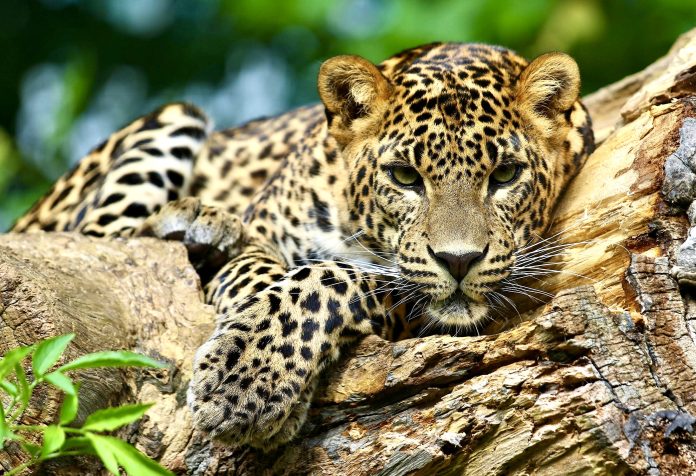
Heartbreaking News As Nearly 70% Of Wildlife Populations Around The World Have Been Wiped Out Since 1970
You can help all animals and our planet by choosing compassion on your plate and in your glass. #GoVeg
RELATED ARTICLES
Banning Cruelty: New Legislation Aims To Ban Octopus Farming In The U.S.
New bipartisan legislation has just been introduced in the U.S. to ban commercial octopus farming and prohibit imports of farmed octopus from foreign countries.
The...
Outrage In Yellowstone! Grizzly Bear Killed By Wildlife Officials & Left With Head & Paws Cut Off
Photo by: Trisha McFarland / Cowboy State Daily
A photo of a dead grizzly bear with its head and paws cut off has caused an...
Inside Florida’s Illegal Horse Meat Trade: Undercover Footage Shows Racehorse Being Shot & Butchered
A heart-wrenching discovery of illegal horse slaughter has emerged, with video footage exposing the tragic killing of a racehorse named 'Funny Biz,' who was...
Popular stories
Featured Animal Spotlight
Breaking! New Mexico Approves Cruel Trapping & Killing Of Wildlife Despite Public Opposition Putting Endangered Mexican Gray Wolves, Wildlife & Pets At Risk
In an unfathomable move, the New Mexico Game Commission approved the trapping of bobcats, foxes, and other fur-bearing species throughout the state, disappointing wildlife...
Breaking News
Breaking! 35 Suspects Arrested & 80 Horses Rescued From Dismantled Criminal Horse Meat Gang In Spain
In a major victory, a criminal organization in Spain that was illegally marketing horses for slaughter was recently dismantled by The Spanish Civil Guard (Guardia...
News
Dian Fossey Gorilla Fund Announces 50% Expansion Of Community Forest To Help Save Critically Endangered Grauer’s Gorillas In The Congo
On Friday, the Dian Fossey Gorilla Fund announced that, in the past year, it has expanded the area of forest under its protection in...


